While more people are getting out and attending concerts and games, shopping in malls, dining out, and heading into the office, new expectations on cleanliness and safety are emerging. A survey from Bradley Corporation found that 78% of Americans are more concerned about germs as a result of the coronavirus. These expectations are especially important in environments like restaurants – according to a 2021 Technomic study, 77% of respondents said that a foodservice establishment’s cleaning policies would affect their intent to visit.
The Internet of Things (IoT) can help organizations provide a safer, cleaner, and more convenient environment in high-traffic facilities, including office buildings, airports, shopping centers, restaurants, and stadiums. This is important as more people return to the office for work, attend games and concerts, go on vacation (and fly), go out to dinner, or go back to the mall for shopping. Here are some examples of IoT “in action” as it helps automate monitoring, cleaning, safety, and convenience in public places.
Facilities management: new approaches improve hygiene and cleanliness
The increased traffic in public areas and higher expectations for cleanliness have led facility managers to re-think how buildings and other venues need to operate, creating new approaches to maintenance and cleaning. For example, IoT systems are automating services that can improve hygiene and cleanliness so that guests can enjoy cleaner facilities more consistently. This will make guests feel more comfortable and safer, which can lead to repeat visits (and more business) in the future.
Some examples of this automation include:
Connected restroom solutions can automate restroom device monitoring and management to help improve cleanliness and customer satisfaction. Restrooms are often the first area where a guest is exposed to how clean (or not clean) a facility is – think of going into a restroom and finding that the soap dispenser is empty or that a sink or toilet is not cleaned. While this was considered an annoyance before the pandemic, it is now utterly unacceptable for many. IoT systems can generate usage data that allows custodial staff to determine the best time to clean and how often. It leads to cleaner public bathrooms and more efficient use of available employees – but most importantly, it makes patrons happier during their visit.
Waste management can be automated and improved with IoT solutions that monitor fullness levels and track the locations of bins and dumpsters. Waste bins that get filled too quickly (or are overflowing) can be both an annoyance and a cleanliness issue for customers. IoT enables route optimization while delivering better disposal practices and planning that gets garbage trucks and drivers where they are most needed. IoT systems also help to locate lost bins, which minimizes losses and helps reduce costs.
Pest control is often challenging for building owners and operators, but IoT-based smart mousetraps can monitor and manage continuously to improve rodent control. They provide 24/7 visibility for pest control professionals who can identify activated traps without manually checking each one, on-site at each property, in person. When activated traps are replaced quickly, this leads to better overall rodent control and happier customers.
Air quality monitoring: safer and healthier environments for guests and staff
Indoor air quality depends on properly functioning heating, ventilation, and air conditioning (HVAC) systems. With more people back in the office, more dirt, particulates, and pollutants will build up quickly if not monitored properly.
IoT solutions monitor and measure air quality inside buildings. Sensors take readings of particulate matter in the air and temperature and humidity levels so that building managers know that the HVAC and air filtration systems are working correctly. Building managers can get alerts (on their mobile devices) to act when air quality fails to meet pre-set thresholds. This data can also inform predictive maintenance tasks, like detecting underperforming equipment and changing air filters on HVAC systems. And while guests and employees may not be able to identify or notice cleaner air, building managers can communicate the benefits of these air quality solutions to their tenants. This commitment to clean air can give guests peace of mind. It may also be helpful for people that have allergies or are sensitive to certain particulates (e.g., dust or pollen).
Occupancy monitoring: keeping track of how spaces are utilized
Facilities managers face the challenge of managing space efficiently, which becomes even more challenging in today’s work-from-home era. For example, some organizations use a hybrid model where employees may be in the office some days but not others. The fluctuations can be hard to keep track of, and employees and guests want to ensure that they have a comfortable, available workspace when they do go into the office.
Today, with IoT solutions, facilities managers can quickly access accurate information about space occupancy, identifying peak days and times for desk usage, meeting rooms, common areas, and more. This data can be helpful for capacity planning purposes and creating cleaning best practices and protocols. Further, these sensors utilize anonymous, non-video-based sources of data considering the sensitivity of personal data and tracking.
Today, people are not only looking to go back out in public more often, but they expect these public areas to be cleaner and safer when they arrive. IoT solutions bring a new level of automation and insight to maintenance and cleaning that help facility managers to be “a step ahead of the game,” helping provide the best guest experience possible. Whether it is cleaning, maintenance, or simply identifying where the high-traffic areas are (and when), IoT can help make the guest experience better so that people can feel comfortable and safe – leading to repeat visits in the future.
Contact us today to learn how our IoT solutions can help your business.
This article was originally posted on thefastmode.com.
